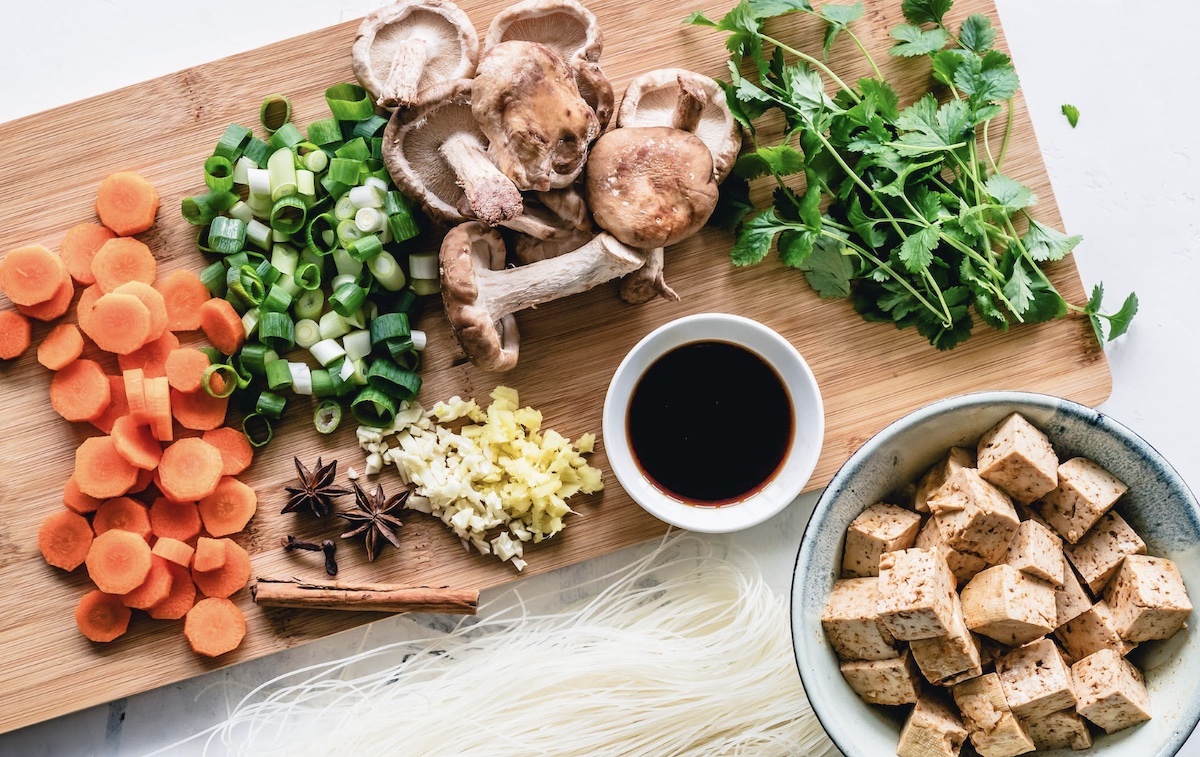Importance of Setting Boundaries

I feel that “boundaries” can be a really loaded topic. Many people tend to view boundaries negatively because they associate them with limitations, restrictions, or barriers. But I actually view boundaries as a way to free your mind from a lot of mental drama that comes up IN the process of decision-making.
We have many choices to make in our already very full lives and having defined boundaries (especially in areas that challenge us) can really help to make daily choices a lot easier. Within the context of nutrition, you might view boundaries as consciously established, pre-determined guidelines as to what, when, how, where, and why you eat. Not as a means of restriction, but rather a helpful way to make food-related choices — especially choices in the moment.
Here are my top 3 reasons why you may want to create your own nutrition boundaries:
1. Boundaries Reduce Decision Fatigue
Cornell University estimates that we make over 225 food decisions per day. Yep, that’s over and above all the other decisions we make!
Whether it’s setting limits on portions, opting for nutrient-packed alternatives, or sticking to specific mealtimes, boundaries create a structured framework that takes the drama out of making the choices we want to make, and that are most aligned with our values and goals. Picture it as a way to feel empowered to enjoy eating without the overwhelming burden of endless choices. THIS is food freedom!
2. Boundaries Help Prevent Overindulgence
Setting boundaries in nutrition can also act as a safeguard against overindulgence. Unhealthy habits like eating too late at night, consuming excessive amounts of sugar, frequently eating out, or consuming too many drinks over the weekend, can be reduced when we provide a structured approach to prevent them from taking over. When you clearly define your limits, you are less likely to exceed them.
3. Boundaries Support Balanced Nutrition
Balanced nutrition is key to a healthy lifestyle and always includes indulgences that align with your health goals. Rather than a rigid set of rules though, boundaries offer the necessary flexibility you need, allowing you to enjoy a variety of foods in moderation and in the right context. They empower you to make informed and intentional decisions, promoting a positive and sustainable approach to nourishment.

Here are a few examples of what a nutrition boundary might look like:
- Specific limits on alcohol consumption (i.e. 2 glasses of wine on the weekend only)
- Inclusion of a minimum amount of vegetables at each meal (i.e. at least one green vegetable at lunch and dinner)
- Scheduled times for meal planning and meal prep (i.e. entering 12–2 pm in the calendar for meal prep every Sunday)
- Established meal times (i.e. not eating past 8 pm)
- Meal tracking (i.e. consistent journaling or photo food journaling)
You might now be wondering “how” to do it! While there is no right or wrong way to do so, here are some steps I recommend to get you started!
1. Define Your Values:
I always recommend starting with values before goals. Your values are what make you….well, you! Clearly defined values also help us decide what goals are even WORTHWHILE to work on achieving!
2. Define Your Goals:
Begin by clearly defining your nutritional goals. Whether it’s weight management, improving energy levels, or addressing specific health concerns, having well-defined objectives will guide your boundary-setting process.
3. Identify Your Trigger Foods and Situations:
Recognize the foods or situations that often lead to overindulgence or unhealthy choices. By identifying these triggers, you can create specific boundaries to address them.
4. Create a Food Diary or Use the Ate App:
Keeping a food diary can help you track your eating habits and identify areas where you may need to introduce some boundaries. It also provides valuable insights into your nutrition choices.
5. Learn to Say No:
Part of setting boundaries in nutrition is the ability to say no to foods that don’t align with your goals or that just aren’t “worth it”. This may require assertiveness when dining out or attending social events. You might want to practice the “no” muscle before you find yourself in those tricky situations.
6. Seek Support:
It can be challenging to set and maintain nutrition boundaries on your own. Seek the support of friends, family, or nutrition professionals to help you.

It’s worthwhile to periodically revisit and reevaluate your boundaries. Things change, and it’s perfectly acceptable to readjust through the seasons. It’s also worthwhile to ask yourself if your boundaries are realistic and flexible enough to suit your lifestyle. Helpful boundaries can become just another way to “diet” which is NOT the point at all.
Embracing boundaries when it comes to nutrition means cultivating a mindful and intentional relationship with food, one that honors both your well-being and your culinary enjoyment. They help you become more intentional and less impulsive.
It’s not about deprivation but rather about creating a balance that supports a healthier and happier you. Healthy boundaries that work for you encourage a gradual and sustainable approach to healthy eating that you can flexibly maintain over the years. It’s also a great exercise to do before the Christmas season!
You do not have to “do healthy” on your own. In fact, research tells us that you are much more likely to succeed if you have accountability layered in.
Let’s face it — healthy eating and healthy lifestyles can be boring and require a lot of patience. Having the support of an accountability coach and a community of like-minded individuals on your team can make all the difference. Share paths with a practicing holistic nutritionist, receive one-on-one coaching regarding your meals, and be connected on the app with my other clients and Ambassadors. You will have fun, stay motivated, and feel inspired!
Find out more by visiting my website www.stacyyates.com
